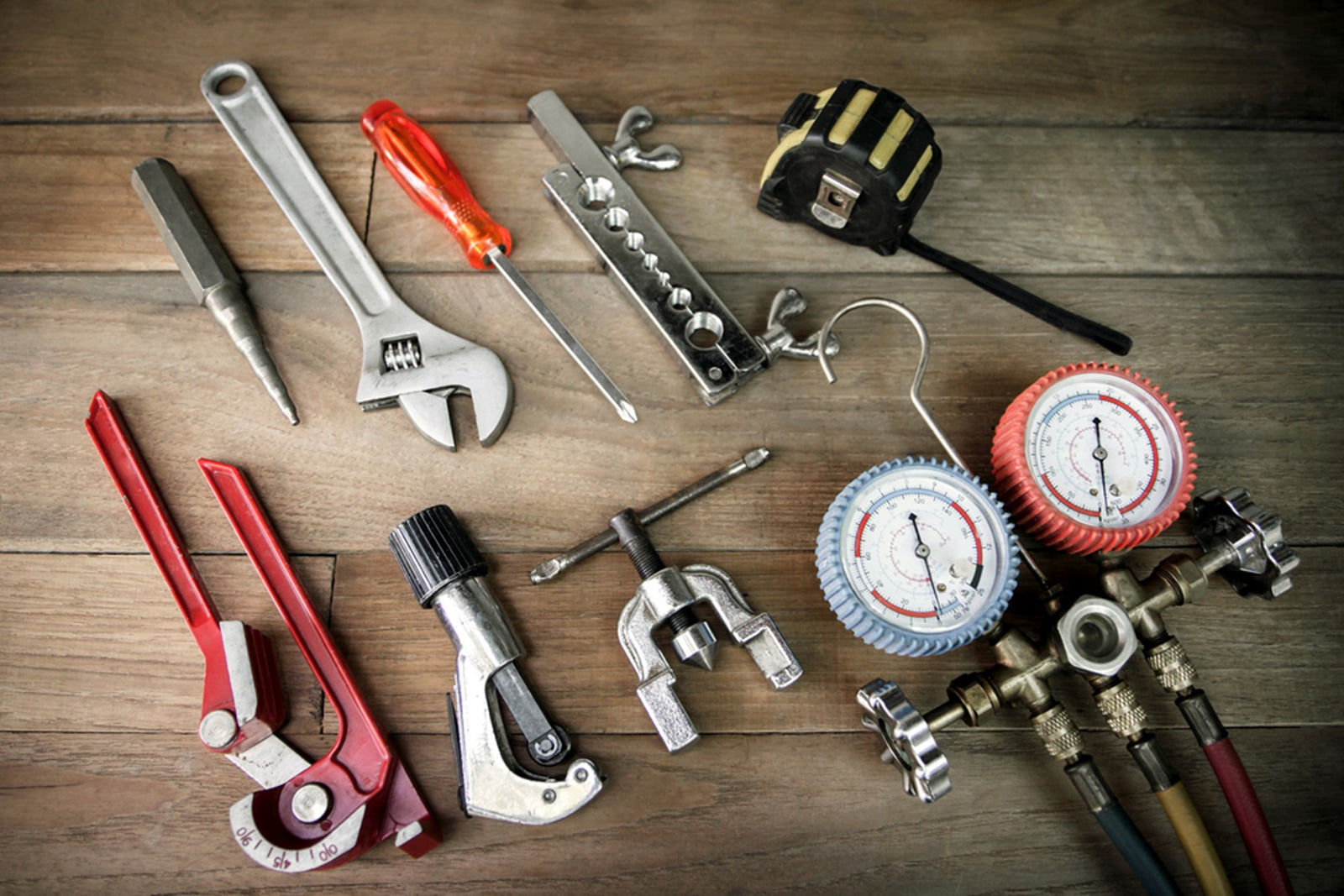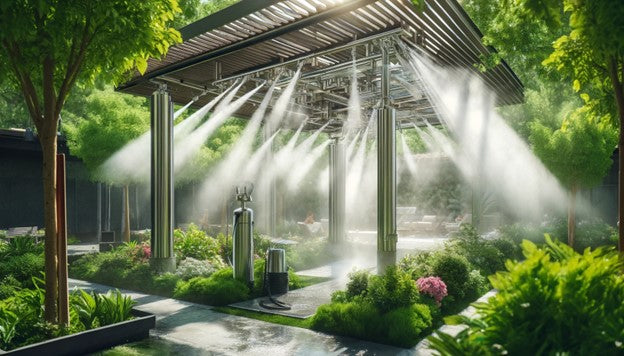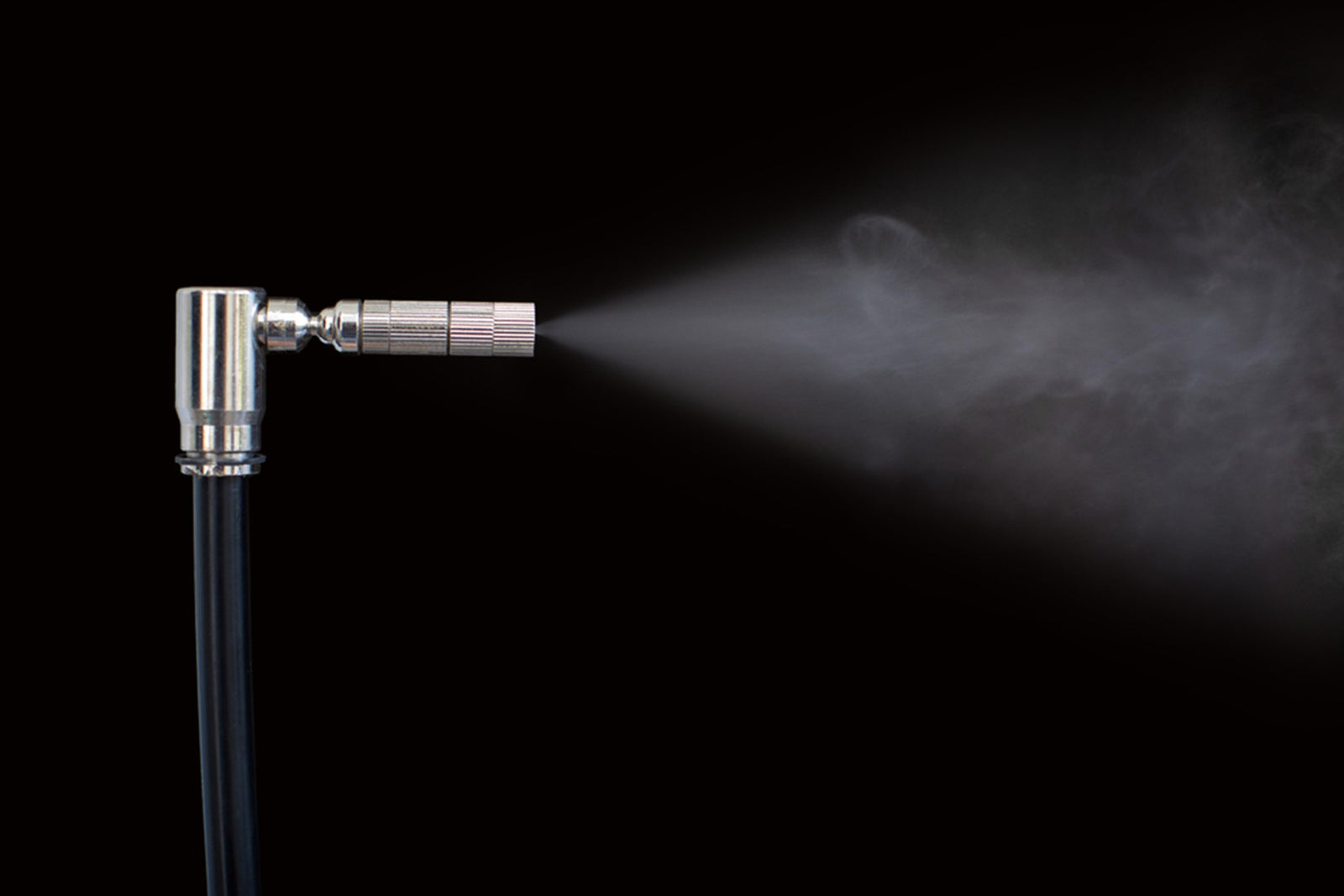
If you’ve been looking into high pressure misting systems lately, you’re probably convinced to get one. After all, they are the best solution to your outdoor cooling problems.
However, there is one major factor that a lot of people don’t consider when they go to buy a high-quality system.
Is it a modulating or non-modulating misting system?
Whether your misting system includes modulation options or not will have a huge impact on your overall experience.
Today, we’re going to compare modulating vs non-modulating misting systems and then go into some finer details about using modulating systems effectively.
Let’s get started.
Modulating VS Non-Modulating Misting Systems
To understand the core difference between modulating and non-modulating misting systems, it’s essential to know what a mist-modulating system is.
Simply put, it’s when a misting system gives you the option to adjust how much water is used, and likewise, how much mist is made.

The main reason this is such a crucial feature is because, since this is a water-based cooling method that relies on evaporation to work, your experience can vary from day to day if you’re stuck with one setting.
For example, with a non-modulating misting system, you might get amazing results on the hottest summer day, but what if the temperature cools dramatically the next day and you still want to operate the system to cut back on annoying bugs and smells?
Well, without high temps capable of instantly evaporating that much water, you start to see water build up, or you might get noticeably wet. There isn’t much water, but when it’s not evaporating fully upon contact with the air, it builds up quickly.
In comparison, a modulating misting system will allow you to cut back on the amount of mist being made on those cooler days, and you can get the same benefits you always do without putting too much moisture in the air.
Since the amount of mist evaporating in the air directly correlates to the extent of the cooling effect, you can also use this to control just how cool your outdoor area gets.
It’s kind of like turning a thermostat up and down, but you have to consider other factors than just your comfort if you want it to work.
What to Consider When Using a Modulating Misting System
As we said, there are several factors you need to consider when you’re using a modulating system. Since we’re dealing with water, it’s not quite as simple as choosing how cool you want it to be.
Here are the main factors to think about.
1: Temperature
The temperature is the main factor you need to consider.
Since a misting system relies on water evaporating to work properly, the temperature outside needs to be hot enough to evaporate everything the system is pumping out instantly, or you’ll start to notice water in the area fairly quickly.
For example, if it’s only 85 degrees outside, and you turn your misting system to its highest setting, it’s simply not hot enough to evaporate all that water before it oversaturates the air and starts to build up.
However, if it’s 100 degrees outside, and you’re looking to cool it down for a fun weekend barbeque, putting it in the highest setting is likely to work perfectly.
2: Water Absorption
Next, you need to consider how much water can be absorbed by the environment before it starts to be too much. Plants, decking, and other things in the area all have a certain amount of water they can absorb before you start to notice water build-up.
On dryer days, most of these things will safely soak up moisture in the air that does begin to fall to the ground. At least, long enough for it to evaporate again.
However, if the area is already fairly moist, such as after a rainstorm or similar situation, you’ll likely see water build up a lot faster if you don’t reduce the amount of water you’re using quickly.
Ways to Avoid Water Build-Up When Conditions Aren't Optimal
Misting systems offer benefits beyond cooling. So, even if the temperature isn’t right, or other factors out of your control aren’t perfect, you probably still want to use your misting system.
A modulating system makes this an easy task because you don’t have to make any complicated manual adjustments. You just switch the system’s settings, and it takes care of the rest.

Here’s how to use your modulating system to its maximum effect when you don’t need cooling and want to avoid water buildup.
1: Set a Periodic Timer
Modulating systems usually come with automatic timers you can set. Once set, this will automatically start misting for however long you told the system to do so before turning back off for a period. This cycle will continue day after day until you decide to change it.
This is a great way to cool down a patio or some other outdoor area without allowing water build-up because it gives the area time to evaporate any build-up that has occurred and dissipate moisture in the air before the misting system kicks back on.
However, with weather conditions changing on the flip of a dime, this might still lead to build-up if you’re not monitoring the area every once in a while.
2: Manually Use Misting Bursts
If you’re not looking to cool the area down, but want effective odor control, the best way to do so without water buildup is to use the misting system in short bursts.
Just a quick burst of a few minutes will put enough water in the air to instantly get rid of bugs and smells, but it’s not long enough for water to build up and start puddling on your patio.
For this, it’s best to simply start and end a burst manually. Save your timer function for more consistent temperature regulation.
Which is Better? Modulating VS Non-Modulating Misting Systems
Now that we've compared modulating and non-modulating misting systems, let's determine which one you should buy for cooling your outdoor space.
A non-modulating misting system tends to be cheaper, but it doesn’t allow for any of the capabilities we’ve talked about. Sure, you can manually turn non-modulating systems off or use other workarounds for similar effects, but that’s time-consuming, complicated, and impractical.
A modulating misting system gives you precise control over when your misting system is used and how much water it’s using.
In every way, a modulating system is the best option available.
If you’re ready to get your new modulating misting system for a better outdoor experience, check out our collection at aerMist today.




